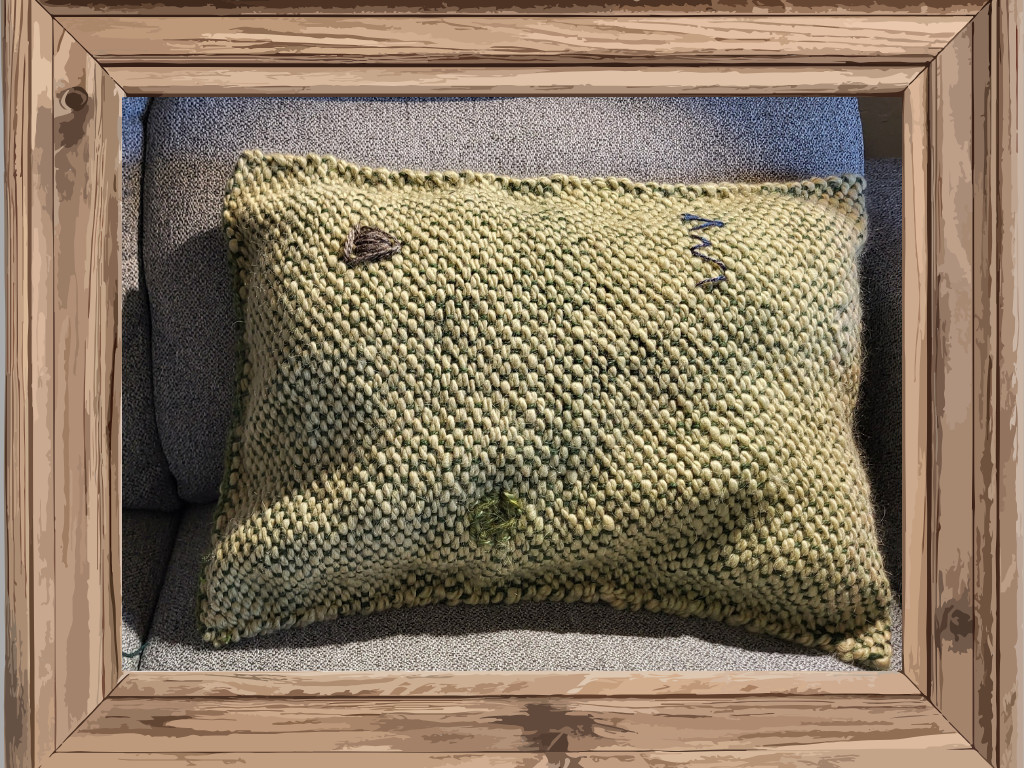The Boulder Dushanbe Teahouse, which will be celebrating its 25th Anniversary later this month, is a unique and beautiful cultural landmark located in Boulder, Colorado. The Teahouse is a stunning example of traditional artisan crafts from Tajikistan, and it stands as a symbol of friendship and cultural exchange between the United States and this former Soviet Republic. In this blog post, we will explore the fascinating tale behind this remarkable teahouse, which reflects the history of Tajikistan and the larger culture of Central Asia.

The story of the Boulder Dushanbe Teahouse begins in the early 1980’s, when a group of Boulderites set out to establish a sister city relationship with a city in the Soviet Union, as part of a broader effort to promote cultural exchange and understanding between the United States and the Soviet Union during the Cold War. Eventually, the match was made between Boulder and Dushanbe, which shared many traits: they were both university towns and centers of scientific learning, were surrounded by mountains and located at the same latitude.
On his first visit to Boulder in 1987, the mayor of Dushanbe proposed the idea of building a traditional Tajik chaikhona or teahouse in Boulder that would serve as a symbol of friendship between the two cities. This idea was enthusiastically embraced by the people of Boulder, and plans for the teahouse were soon underway.
In Central Asia, teahouses serve as gathering places where friends meet to talk or play chess over a cup of tea. Many teahouses are traditionally decorated with Persian-style art, characterized by the use of motifs from nature – stellar, solar, and floral, by the repetition of patterns, by form over representation and pattern over detail, and by lavish decoration and color. These artistic traditions date back nearly 2,000 years.
From 1987 -1990, more than 40 master craftsmen in several cities of Tajikistan created the decorative elements of the Teahouse, including its hand-carved and hand-painted ceiling, tables, stools, columns, and exterior ceramic panels. Many of these craftsmen were descendants of the artisans who built the original teahouses in Tajikistan and passed their artistic traditions down through the generations.

During the construction process, the craftsmen used traditional techniques and materials to create an authentic and breathtakingly beautiful Tajikistan-style teahouse.
The ceiling of the Teahouse was carved and painted with the intricate patterns traditional of Persian Art. Absolutely no power tools were used in the original construction. The work was crafted by hand exactly as it was centuries ago. Inside the Teahouse, there are 12 intricately carved cedar columns. No two columns are alike.
Eight colorful ceramic panels grace the building’s exterior and display patterns of a “Tree of Life” enclosed by a mihrab motif (a niche in a mosque indicating the direction of Mecca.) Each panel was sculpted in Tajikistan, cut into smaller tiles, fired, and then carefully packed to be sent to the USA. Once here, the original artist traveled to Boulder and recombined them into the larger panels.

Inside the Teahouse are eight large, intricately carved white plaster panels, designed and executed by Kodir Rakhimov, whose contemporary oil paintings are framed by this art of Persian antiquity. The central pool features seven hammered copper sculptures by Ivan Milashevich, based on a 12th century poem, “The Seven Beauties”, in which a princess from each of seven different nations narrates a fable that expresses important cultural values.

A Boulder architecht traveled to Dushanbe to collaborate with the teahouse architect to enclose the originally open-air structure while still preserving the integrity of the Tajik design. In 1990, when the teahouse was finally completed in Tajikistan, it was disassembled, packed into 200 shipping containers and sent on the long journey by train, ship and tractor trailer to Boulder.
Then, the magnificent gift languished away in storage for years.
Why? Well, Boulder had to work out some of the logistical details. Where would the structure be installed? How would the city fund its assemblage? Who would operate it once open, and how — as a museum, teahouse or restaurant? Eventually, after much discussion and the work of a few stalwart champions of the project, it all came together at last.
Sara and Lenny Martinelli were selected by the city to operate the teahouse as a restaurant and café. The city of Dushanbe sent a small crew to Boulder to help assemble the teahouse. The Boulder-Dushanbe Teahouse finally opened to the general public in May 1998. Since then, it has become a beloved landmark in Boulder, attracting visitors from all over the world who come to admire its beauty and enjoy its delicious teas and pastries.
The Boulder Dushanbe Teahouse, which is still operated by the Martinellis today, is more than just a beautiful building. It is a symbol of friendship and cultural exchange between two very different cultures. It serves as a reminder that even in times of political tension and conflict, we can come together and celebrate our shared humanity through the exchange of art, ideas, and culture.
The Boulder Dushanbe Teahouse is a remarkable example of the power of cultural exchange and the beauty that can arise from collaboration between different cultures. Its unique design and fascinating history make it a must-visit destination for anyone who appreciates the beauty of traditional architecture and the power of cultural exchange.
We’re very excited to participate in the upcoming 25th Anniversary celebration of the Teahouse, to be held May 19-21. For those of you who are in the area, HoonArts will have a pop-up trunk show at the Teahouse that weekend. You’ll be able to see and touch many of our beautiful products. And, of course, shop for that unique gift item! And if you’re not able to make it in person, we’ll be sharing photos and videos from the event, so stay tuned.







Leave a comment